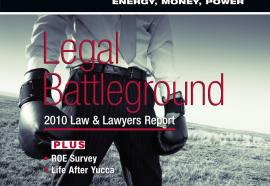Black Swans and Turkeys
The industry isn’t as robust as we might think.
Investor-owned utilities might seem fairly robust, but they’re not impervious to unpredictable black-swan events. Ensuring the industry’s survival might depend on our ability to reduce our dependence on fragile and unsustainable regulatory structures.







